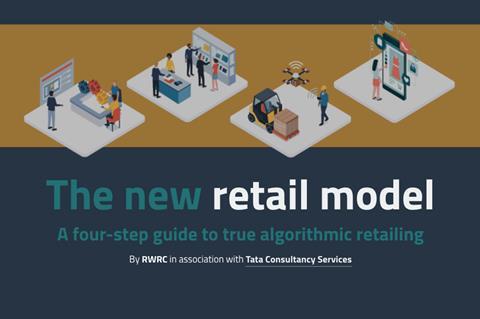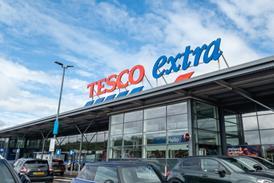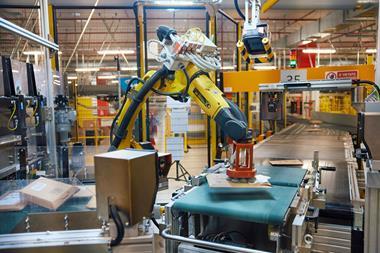PROMOTIONAL RESEARCH
Retailers had to pivot at breakneck speed to meet the demands of the lockdown consumer, and those that found it easiest were the ones that took an algorithmic approach
It will take time for consumers to trickle back to recently reopened stores, so spend in physical environments will be hard-won. As a result, the pressure will be on for retailers to use data insights to their full advantage if they want to drive cross-channel conversion.
Our new report, The New Retail Model: a four step guide to true algorithmic retailing, reveals how an algorithmic approach enables retailers to unlock value by getting the most out of multiple data sources in real-time.
Below, we summarise some of the key learnings from the report, produced in association with Tata Consultancy Services.
1. Take an algorithmic approach to retail
The challenging environment retailers have found themselves in this year required unprecedented agility and meant an algorithmic approach had never been more important.
In essence, this means automating basic processes and adding intelligence to decision making across the business.
Data insight is central to this strategy and AI is the most efficient and effective way to review thousands of data points painlessly.
The pandemic accelerated the need for retailers to not only be agile but also to make the most meaningful and profitable decisions they possibly could
AI and machine learning seamlessly amalgamate information, such as performance, demographics, customer, location, buying patterns and changes in footfall and demand, greatly influencing sales.
In turn, retailers can instantly gauge each element and make informed and quick decisions, from how much space to assign to each category on the shop floor to which products to stock.
The coronavirus pandemic accelerated the need for retailers to not only be agile but also to make the most meaningful and profitable decisions they possibly could. There is now very little room for error.
2. Build responsive supply chains
Supply chains have been stretched to breaking point over the past few months. More so than ever, strong availability and efficient fulfilment have been a key source of differentiation.
Best-in-class supply chains are increasingly driven by automation and intelligence.
Retailers must be able to adapt at the flick of a switch, whether that be to remedy a delay in the supply chain or facilitate full orders for customers.
3. Don’t forget – experience matters
Experience has been a central component of retail strategies over the past few years, with businesses focused on keeping consumers in stores for longer. However, in a world of social distancing, the focus has been getting people in and out as quickly and safely as possible.
In short, experience was in danger of being lost. Retailers have, however, been quick to act.
Virtual consultations, live streaming and interactive video calls have come into their own during the pandemic, offering a workable solution without physical interaction. There is still a whole host of technology that retailers have only really scratched the surface of, including augmented reality and virtual reality.
Consumers expect a totally seamless journey regardless of channel. Flawless payment, delivery and after-sale support will keep shoppers coming back
But it’s not just all the bells and whistles that enhance customer experience, just getting the basics right is fundamental to providing a first-class experience.
Consumers expect a totally seamless journey regardless of channel, with speed and convenience key. Flawless payment, delivery and after-sale support will keep shoppers coming back.
Once again, the ability to leverage omnichannel data has a key role to play.
4. Plan for new changes
There is no doubt there will be a long tail to this pandemic with lasting effects on the whole retail sphere.
Retailers must assess how stores and ecommerce work best together, especially now there is an army of customers who have grown used to shopping digitally and are accustomed to the convenience and ease.
Ethics and sustainability have moved up the consumer agenda, so keeping a close watch on changing consumer trends is essential
Competition is rife, not only among other retailers but also with new direct-to-consumer models.
Furthermore, ethics and sustainability have moved up the consumer agenda, so keeping a close watch on changing consumer trends is essential, as is the ability to adapt and act fast.
With so many variables to consider and a relentless expectation for excellence from shoppers, coupled with a fresh nervousness about physical interaction, the new normal will take some getting used to.
Harnessing data and applying algorithmic retailing will enable businesses to react to trends while they are still forming.
Want to hear more about why algorithmic retailing is the future? Then download Retail Week’s digital guide The New Retail Model and discover:
- The four key steps to achieving an algorithmic-led strategy

- How AI will transform merchandising
- Why algorithmic retailing will ensure a great customer experience
- Case studies on Yoox, Kingfisher and Walmart




























